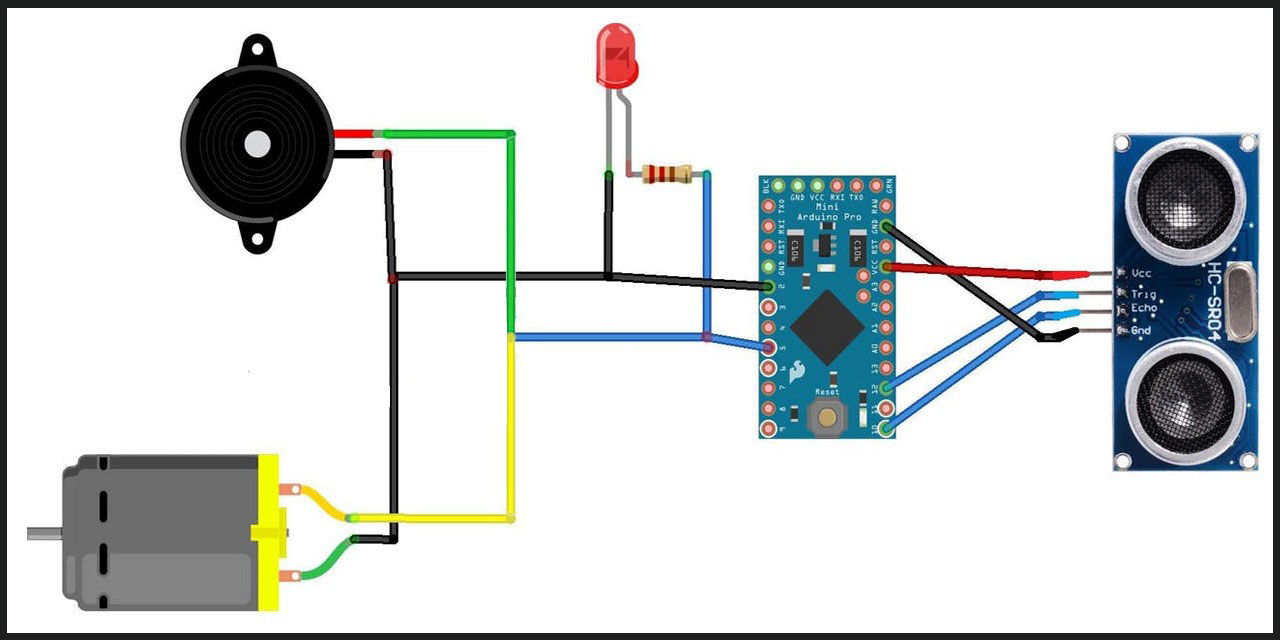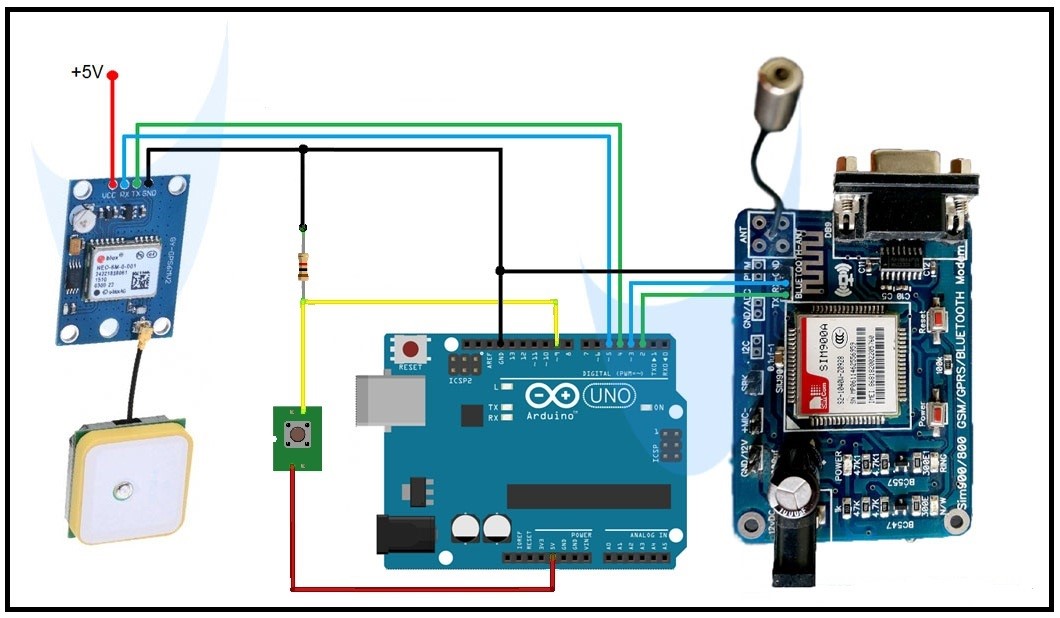Vision is one of the most vital sensory modalities that we possess. Disabilities in visual function are a debilitating condition that has affected millions around the world. It is estimated that about 4% of the world population suffers from a visual disability. A lot of research has been going on in the field of electronics to enhance the life of the visually impaired. With the advent of technology, the lives of normal people have improved. But its benefits are yet to reach the visually disabled community. Most of the existing systems are either expensive, difficult to carry, or complicated for them to use. They only put more burdens on the blind. Hence they are confined in production on the market and fail to reach the majority of the community. It is essential to properly understand the challenges faced by the blind, to develop friendly and reliable smart systems to ease their navigation.
Traditional walking canes are part and parcel of the life of blind people. This simple equipment is used by them to identify static obstacles on the ground, uneven surfaces, holes, and steps via simple tactile- force feedback. Its limitation is that it may only be used to detect the abnormalities, within the reach of the cane. Electronic Travel Aids (ETAs) have been developed to enhance their mobility and navigation. Walking sticks, equipped with ultrasonic range finders are recently developed ETA systems for the blind. ‘Smart Cane’ is a typical example of
such an ETA. Some of the technologies incorporated in the latest ETAs are Global positioning system (GPS), Radio frequency identification (RFID), Image recognition, Synthesized speech, etc. ‘Blind Audio Guidance System’ is an example.
This standalone device is packed with many technical features inside a suitcase, which has to be carried along with. Advanced devices like Smart Glasses incorporate Image processing for more attractive technical features. But most of these ETAs are bulky and expensive, and thus inadvertently increase their troubles although they are smart in technology. We formulated various challenges and points to be considered while designing a reliable and smart guidance device for the blind.
· Make them completely independent and secure.
· The device should not debilitate their present comfort.
· Help them navigate unknown places.
· The device should be handy, with less hardware.
· Should be lightweight and not bulky.
· A low cost and reliable device.
The work presented in this project, “Wearable Bag” is about the design of a smart guidance system, which emphasizes the aforementioned aspects.
Wearable Bag is a smart handheld device for guiding the visually impaired in navigation. It is intended to be used as a secondary device along with a normal walking cane.







_ztBMuBhMHo.jpg?auto=compress%2Cformat&w=48&h=48&fit=fill&bg=ffffff)















_3u05Tpwasz.png?auto=compress%2Cformat&w=40&h=40&fit=fillmax&bg=fff&dpr=2)


Comments
Please log in or sign up to comment.